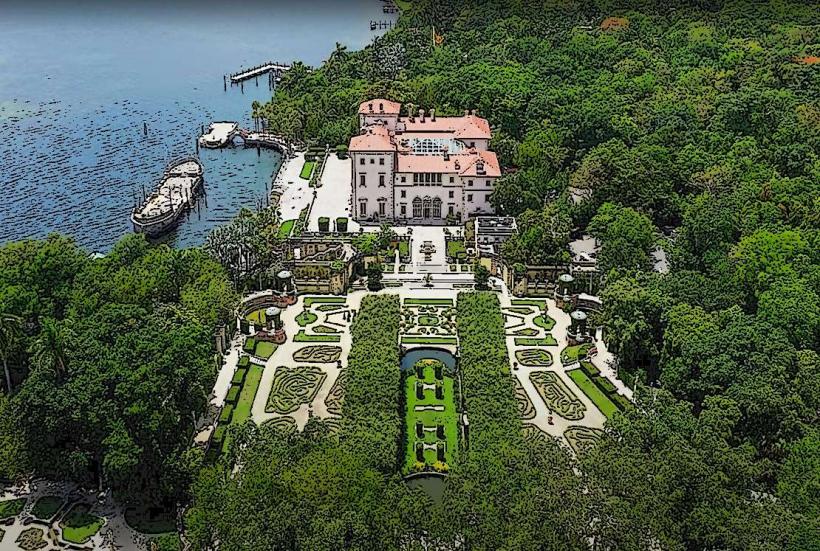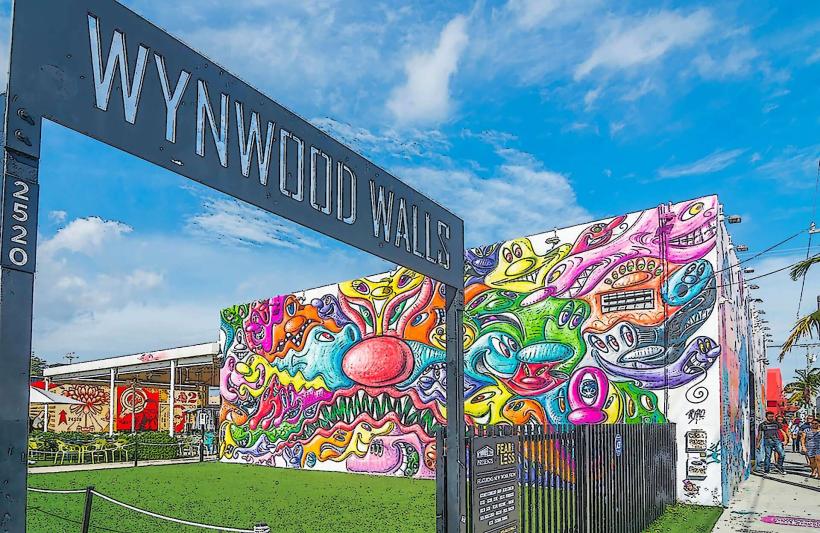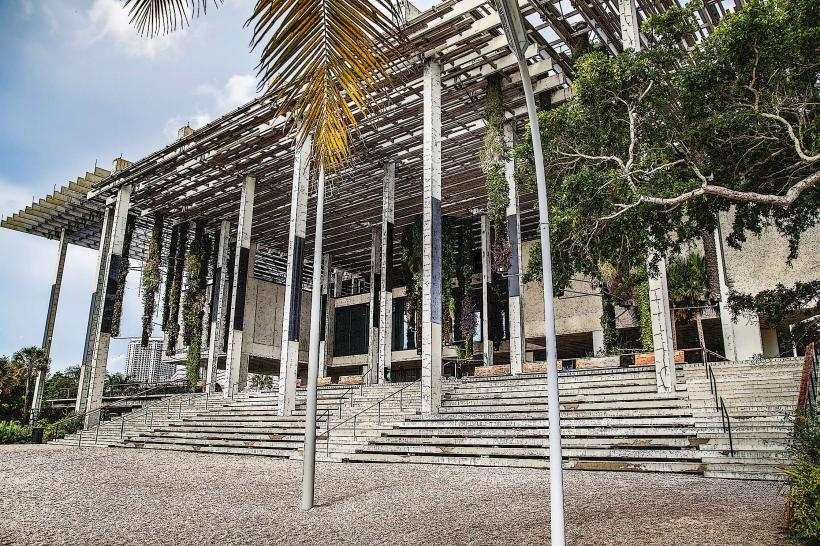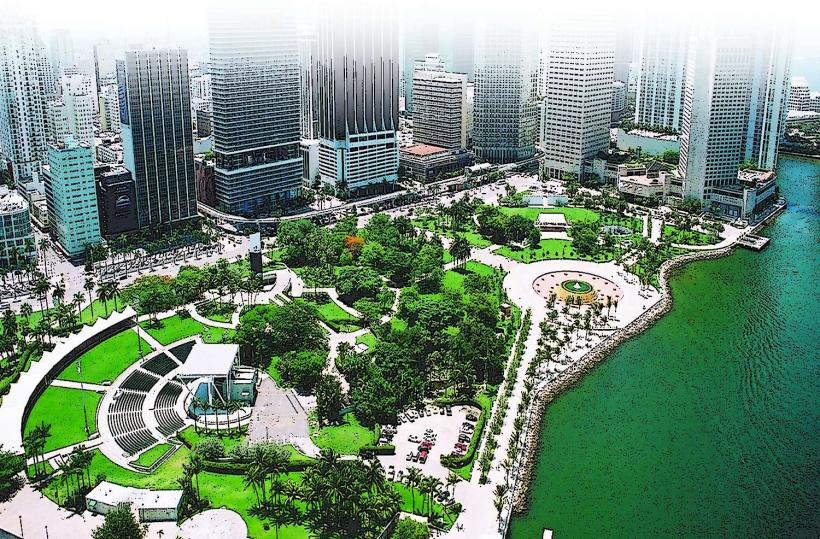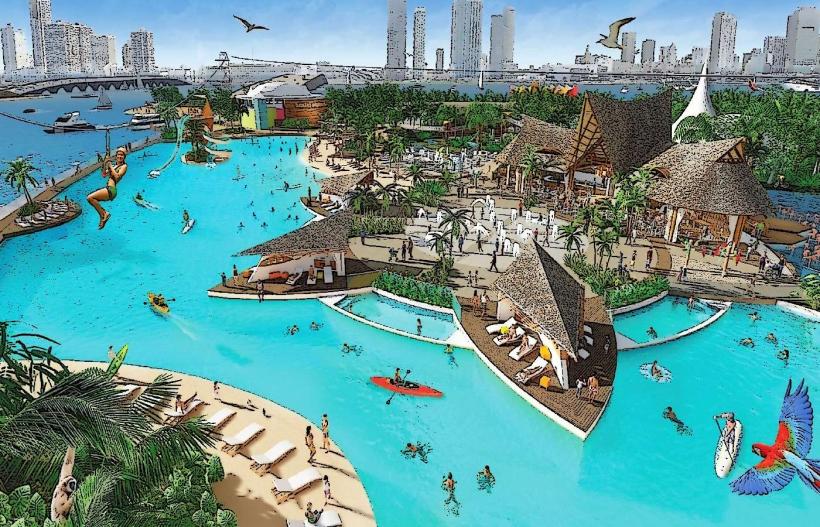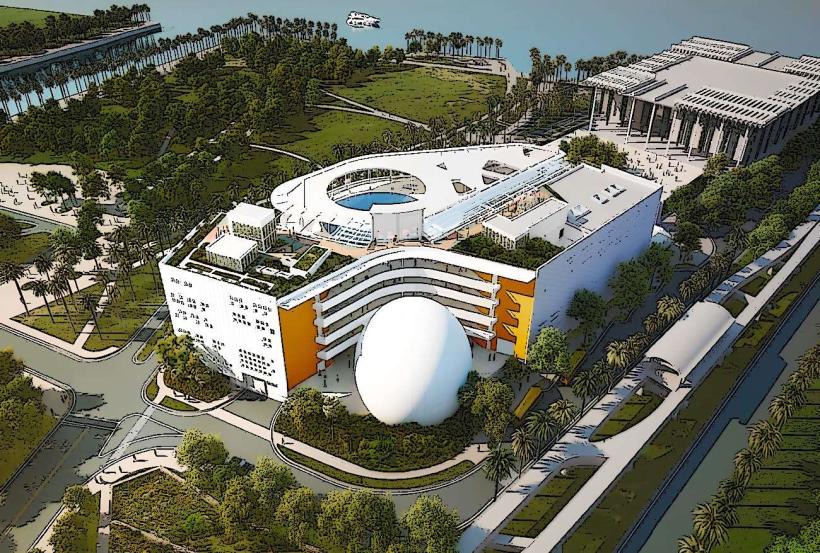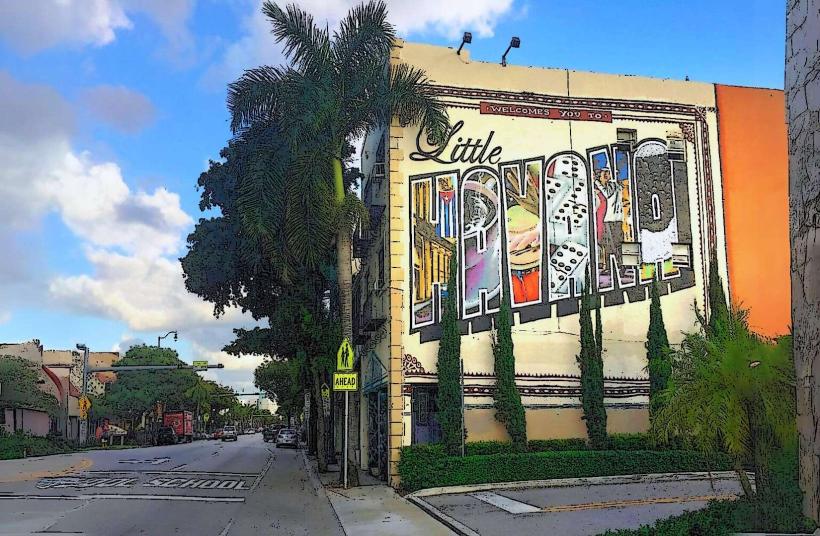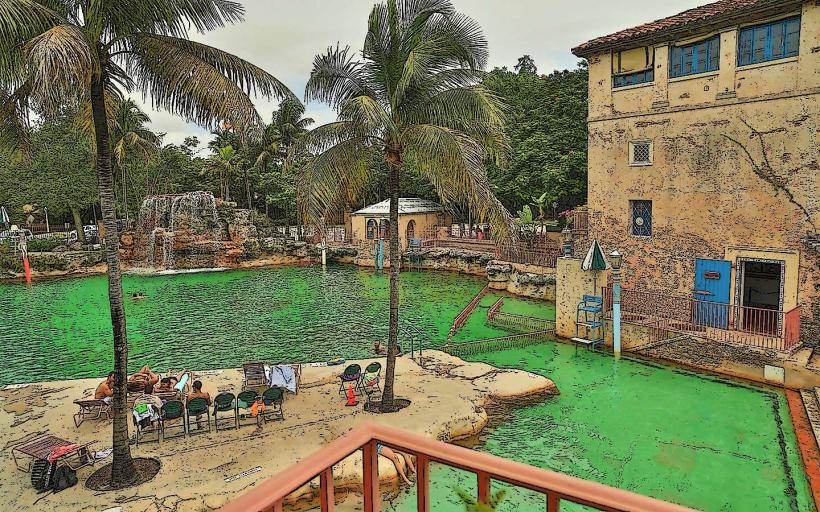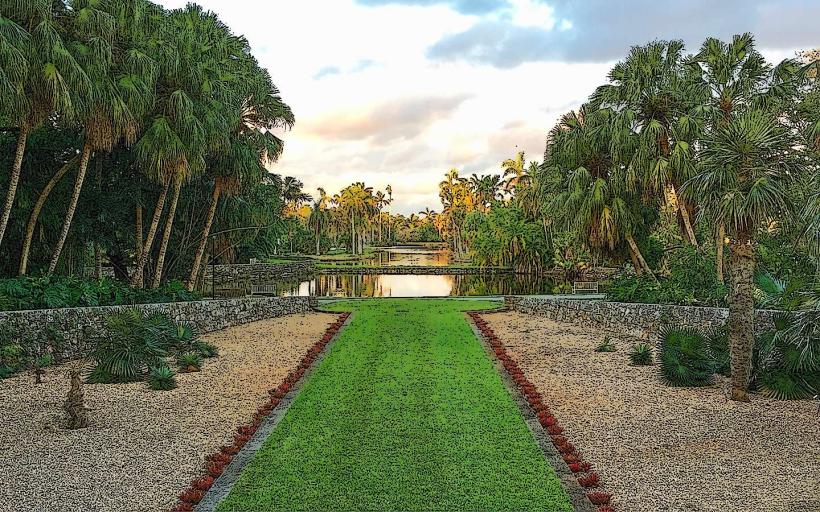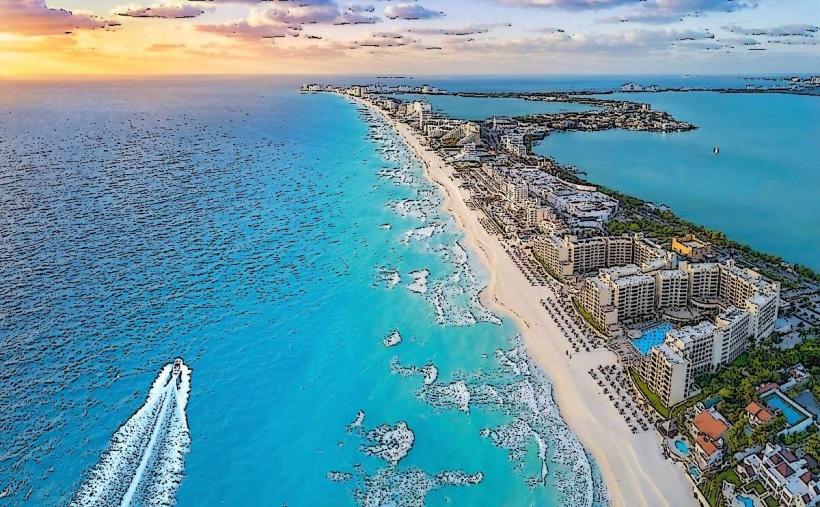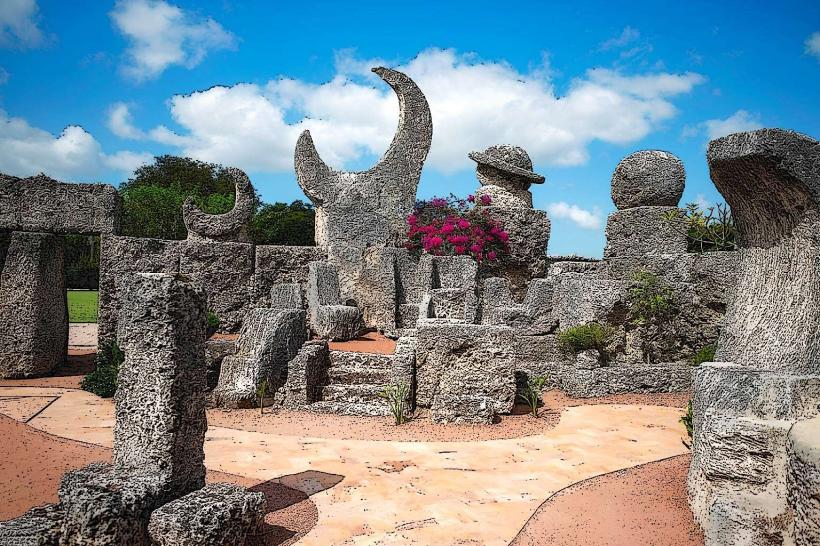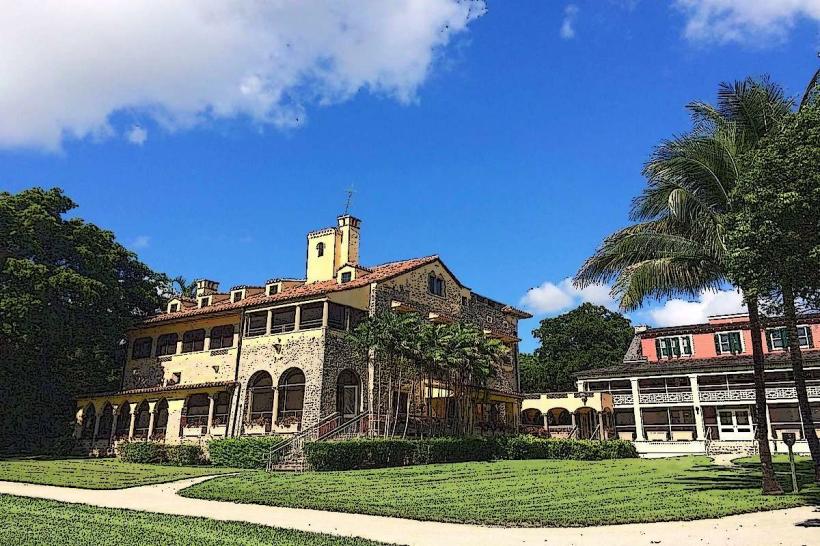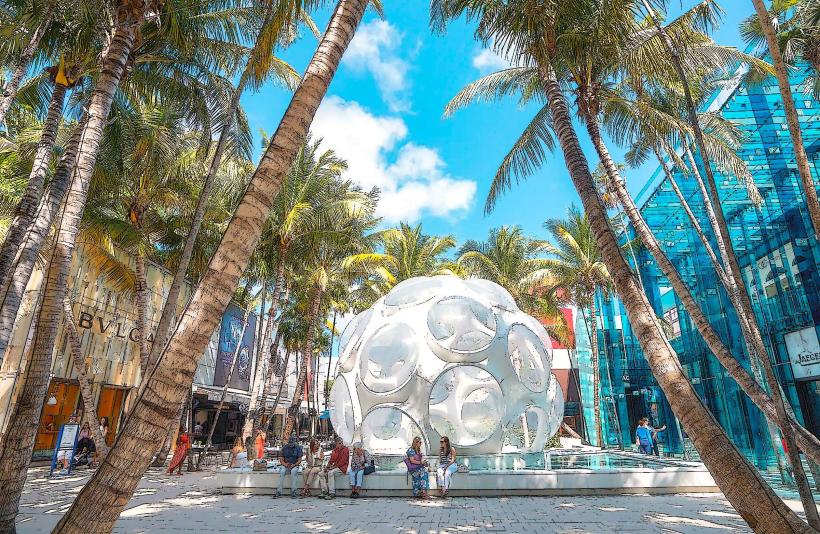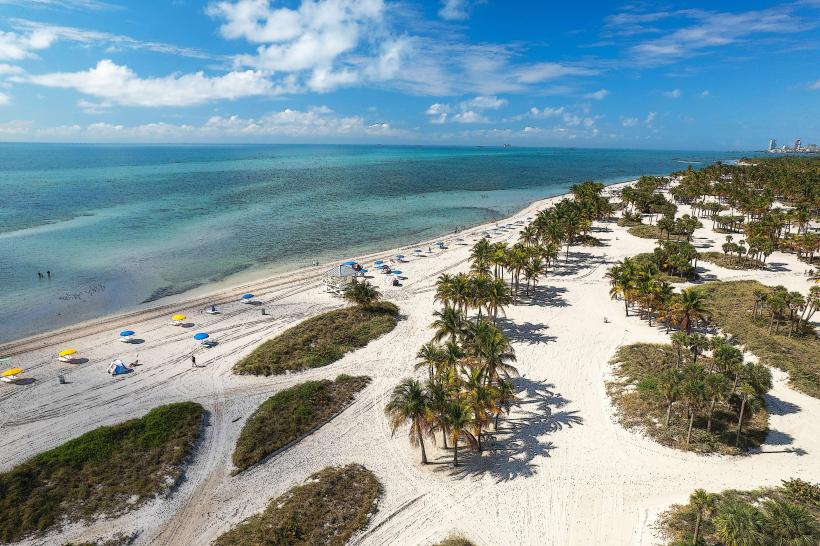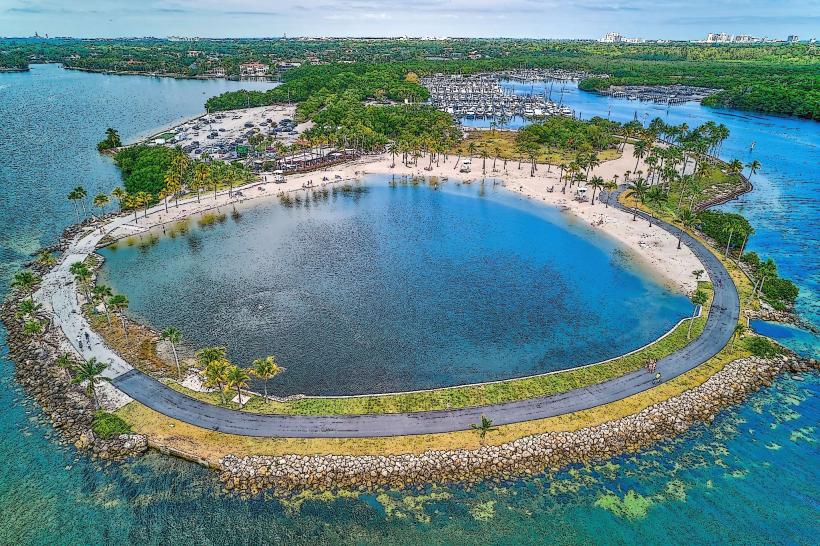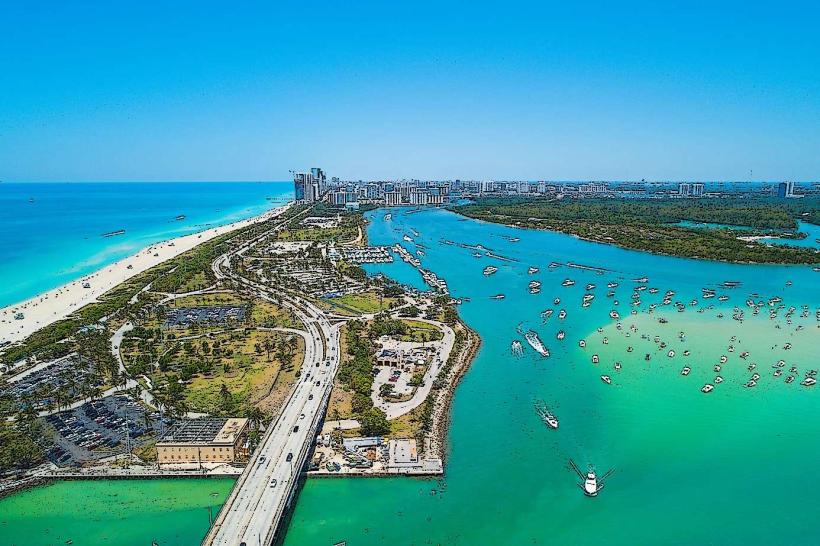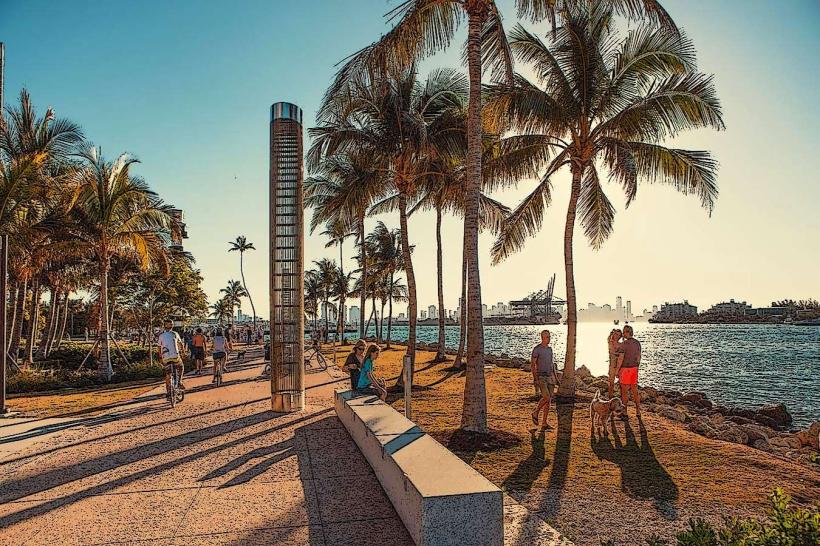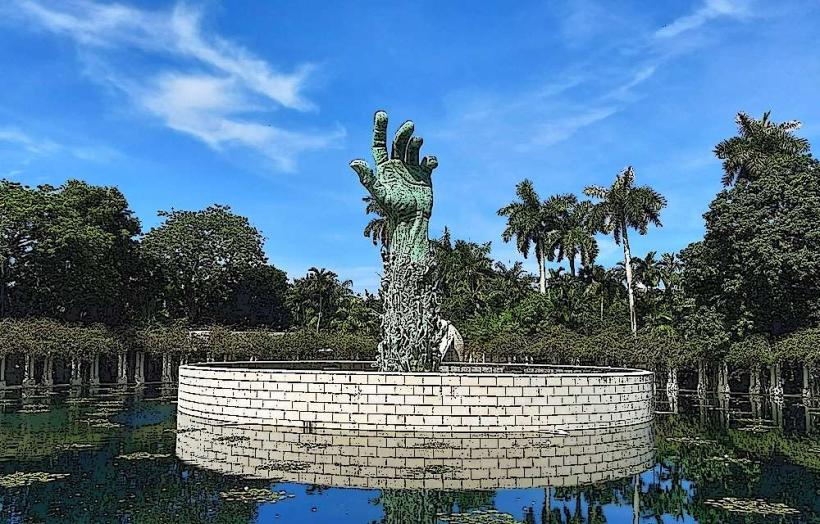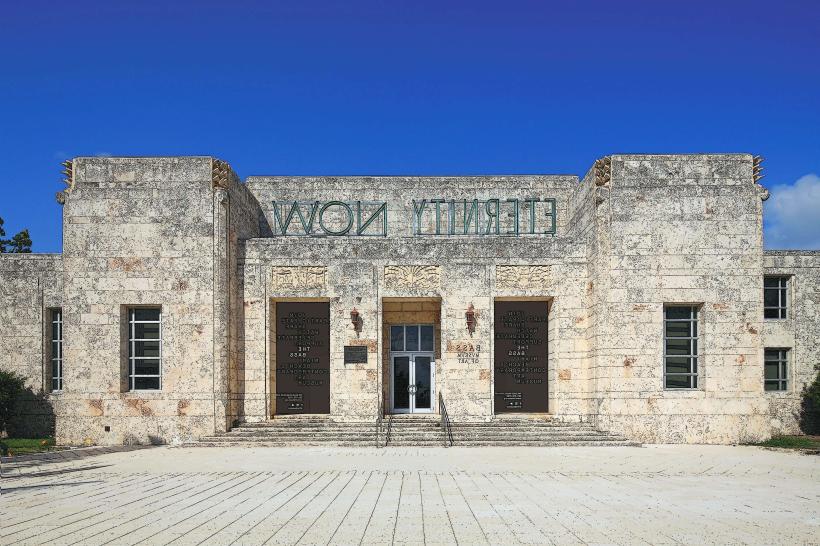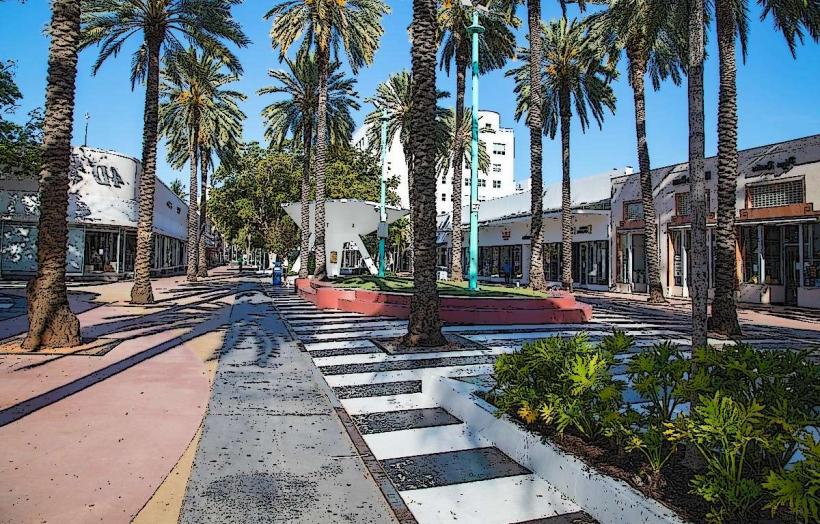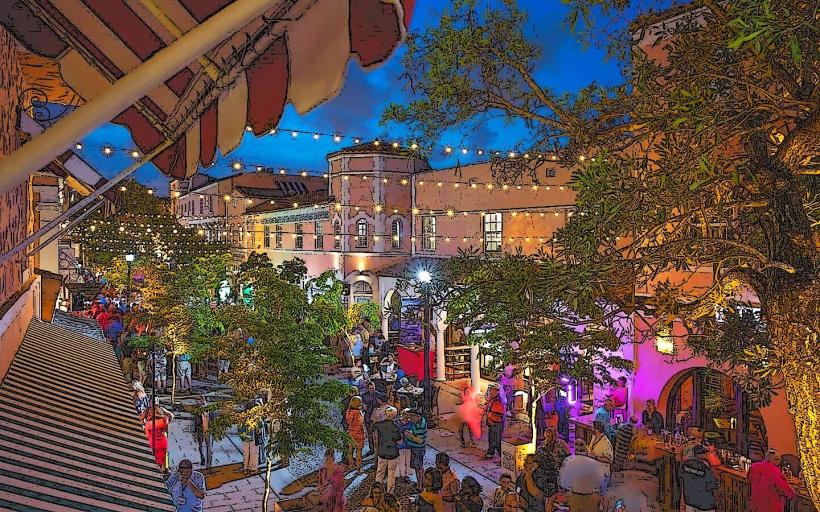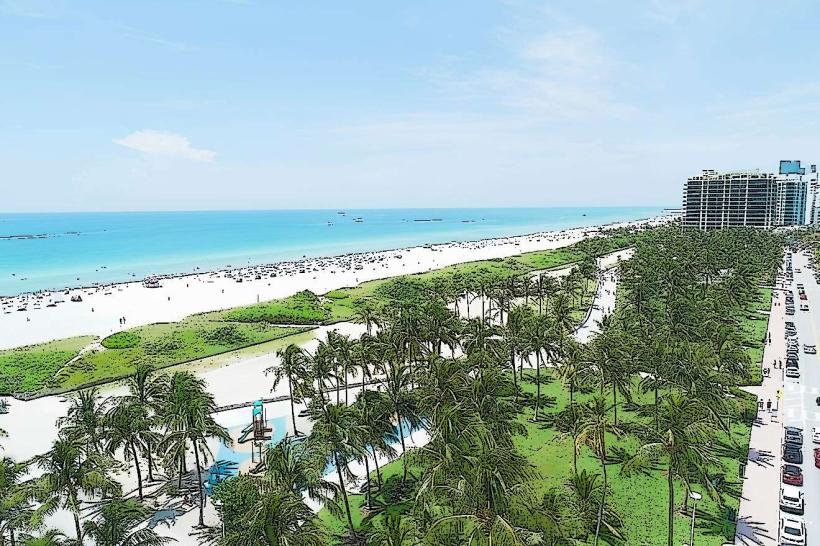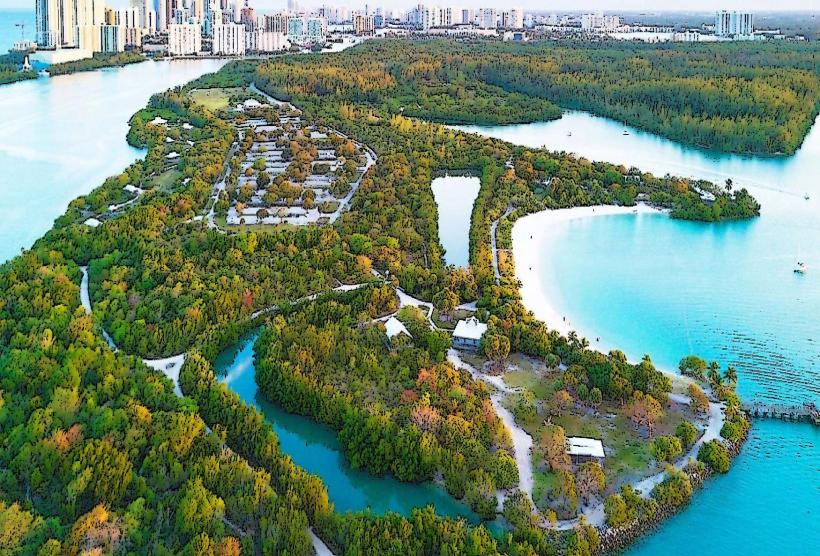Information
Landmark: Freedom TowerCity: Miami
Country: USA Florida
Continent: North America
Freedom Tower, Miami, USA Florida, North America
The Freedom Tower in Miami is one of the city’s most historically and architecturally significant landmarks. Often referred to as the “Ellis Island of the South,” it symbolizes both American freedom and the Cuban-American exile experience. Here's a detailed exploration of its origins, transformations, cultural importance, and current role.
1. Architectural and Early History
Built: 1925
Original Use: Headquarters for The Miami News
Architects: Schultze and Weaver, a New York-based firm also known for designing the Biltmore Hotel in Coral Gables and the Waldorf Astoria in New York.
The Freedom Tower’s architectural style is Spanish Renaissance Revival, directly inspired by the Giralda bell tower in Seville, Spain. The building is distinguished by its:
Ornate terracotta façade
Grand arched entrance
Decorative cupola rising 11 stories above the Biscayne Bay waterfront
Mediterranean-style details, including cast stone columns, balconies, and a clock tower
Its placement on Biscayne Boulevard made it one of the tallest structures in Miami at the time and a symbol of the city’s growing prominence.
2. Transformation into a Cuban Refugee Assistance Center (1962–1974)
After The Miami News moved out in 1957, the building was repurposed by the U.S. federal government during the early 1960s as part of the Cuban Refugee Emergency Center.
After Fidel Castro’s rise to power in 1959, hundreds of thousands of Cubans fled the communist regime.
Between 1962 and 1974, the Freedom Tower was used by the Department of Health, Education, and Welfare to process and assist Cuban exiles.
Inside, families received medical care, social services, education assistance, food vouchers, and documentation.
This period solidified the building’s emotional and symbolic significance to the Cuban exile community. It became known as a place of welcome, opportunity, and dignity for immigrants beginning a new life in America.
3. Abandonment and Preservation Efforts
Following the end of its use as a processing center in the 1970s, the building fell into disrepair. It stood vacant and neglected for many years, threatened by demolition multiple times.
In 1997, the Mas family, including Cuban-American businessman Jorge Mas Canosa, purchased the tower and began a campaign to restore and preserve it.
In 2005, the building was donated to Miami Dade College (MDC), with the intention of transforming it into a museum, cultural hub, and educational center.
4. National Recognition and Museum Development
In 2008, the Freedom Tower was designated a U.S. National Historic Landmark in recognition of its architectural uniqueness and its role in Cuban-American history.
Under MDC’s stewardship, the building became home to:
Museum of Art and Design (MOAD): Showcasing contemporary art and design, often with a focus on Latin American and Caribbean artists.
Cuban Legacy Gallery: Exhibits focusing on Cuban history, diaspora, and exile culture.
Kislak Center: Housing rare books, maps, and artifacts related to the Americas.
Educational programs and cultural events aimed at promoting historical understanding, social justice, and artistic innovation.
Inside the building, historical murals and preserved interiors give visitors a sense of both the original newsroom atmosphere and the later refugee processing center layout.
5. Symbolism and Cultural Role
The Freedom Tower is a symbol of:
Liberty and opportunity for those fleeing oppression
Cultural resilience of the Cuban exile community
Miami’s multicultural identity
For many Cuban-Americans, it serves as a deeply emotional site representing the hardships and hopes of their migration experience. Events hosted at the tower include art exhibits, academic lectures, exile remembrance ceremonies, and community gatherings.
6. Renovations and Centennial Plans (2023–2025)
In anticipation of its 100th anniversary in 2025, the Freedom Tower is undergoing extensive renovations. The goals include:
Structural updates to ensure safety and accessibility
Restoration of historical elements, such as original mosaics, stonework, and iron details
Creation of new permanent exhibitions and interactive galleries
Improved museum facilities and educational spaces
During the renovation (expected to last until late 2025), the building is temporarily closed to the public.
7. Practical Information
Location: 600 Biscayne Boulevard, Miami, FL 33132
Transportation: Directly accessible via the Metromover (Freedom Tower Station)
Ownership: Miami Dade College
Current Status: Temporarily closed for renovations; reopening planned for late 2025
Conclusion
The Freedom Tower is far more than an architectural gem. It’s a living monument to the resilience of the Cuban exile community and the broader immigrant story of the United States. It serves as a space for remembrance, education, and celebration of cultural identity. As it approaches its centennial, the tower stands ready to once again be a beacon of freedom, creativity, and learning for generations to come.


